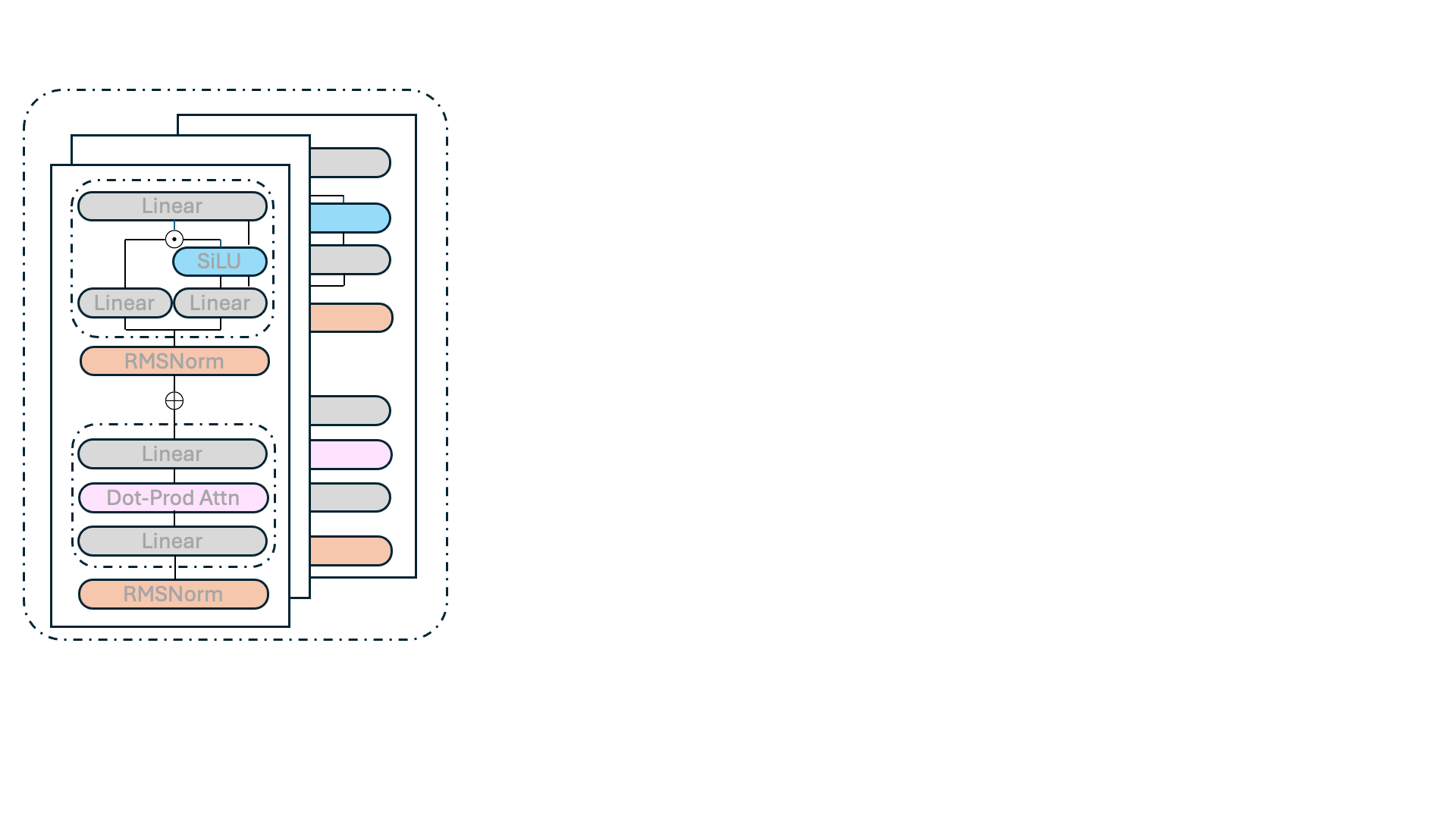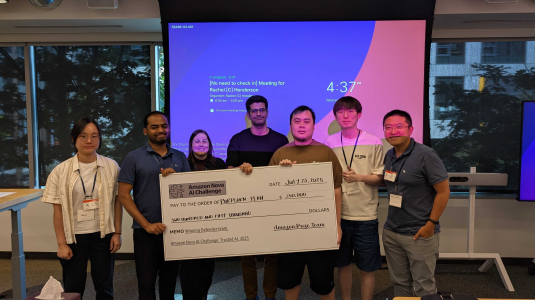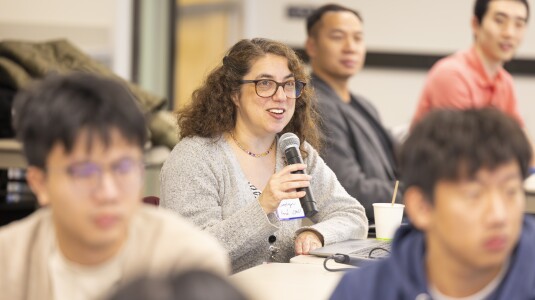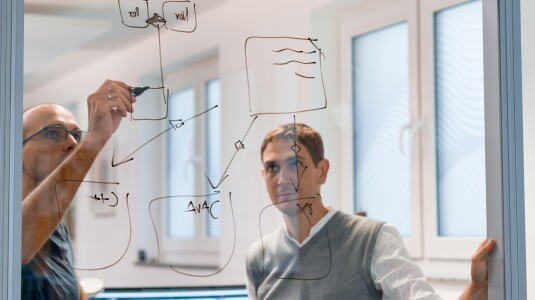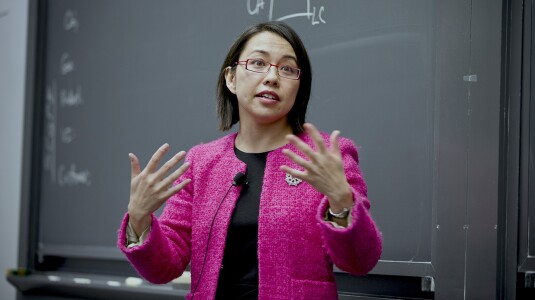Customer-obsessed science

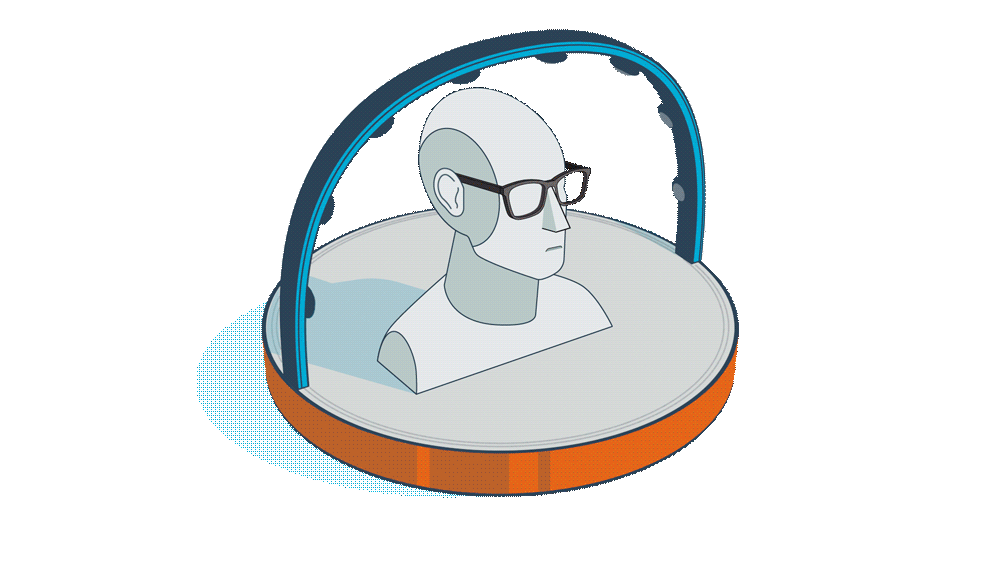
Research areas
-
August 8, 2025A new philosophy for developing LLM architectures reduces energy requirements, speeds up runtime, and preserves pretrained-model performance.
Featured news
-
2024Large Language Models (LLMs) face significant challenges at inference time due to their high computational demands. To address this, we present Performance-Guided Knowledge Distillation (PGKD), a cost-effective and high-throughput solution for production text classification applications. PGKD utilizes teacher-student Knowledge Distillation to distill the knowledge of LLMs into smaller, task-specific models
-
2024Automating the measurement of hallucinations in LLM-generated responses is a challenging task as it requires careful investigation of each factual claim in a response. In this paper, we introduce HalluMeasure, a new LLM-based hallucination detection mechanism that decomposes an LLM response into atomic claims, and evaluates each atomic claim against the provided reference context. The model uses a step-by-step
-
2024The ability of large language models (LLMs) to execute complex instructions is essential for their real-world applications. However, several recent studies indicate that LLMs struggle with challenging instructions (Zhou et al., 2023; Qin et al., 2024; Jiang et al., 2023b). In this paper, we propose Evolutionary Contrastive Distillation (ECD), a novel method for generating high-quality synthetic preference
-
2024Large language models (LLMs) can generate fluent summaries across domains using prompting techniques, reducing the need to train models for summarization applications. However, crafting effective prompts that guide LLMs to generate summaries with the appropriate level of detail and writing style remains a challenge. In this paper, we explore the use of salient information extracted from the source document
-
RWW 20242024The increasing popularity of wireless sensing applications has led to a growing demand for large datasets of realistic wireless data. However, collecting such data is often time-consuming and expensive. To address this challenge, we present a novel Video-to-Radar (V2R) framework that generates synthetic mmWave radar data for human gestures using unstructured videos. The V2R framework combines a mesh fitting
Academia
View allWhether you're a faculty member or student, there are number of ways you can engage with Amazon.
View all


















